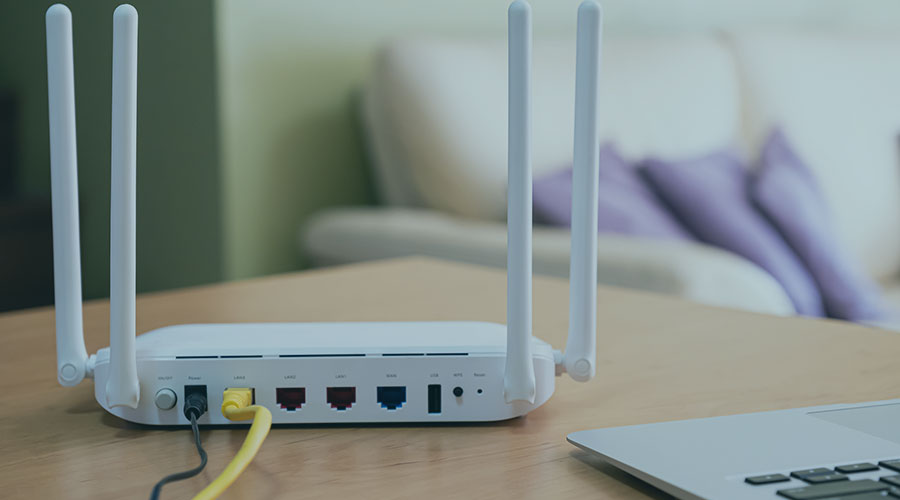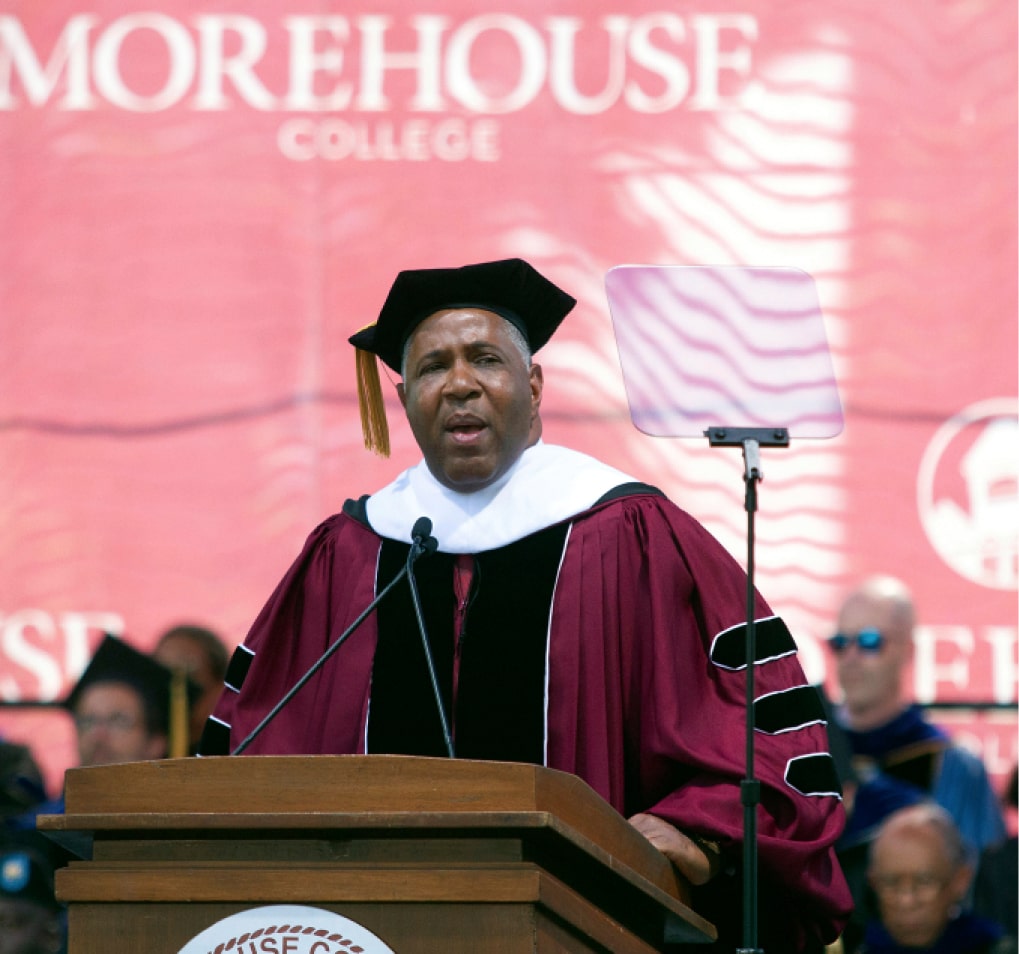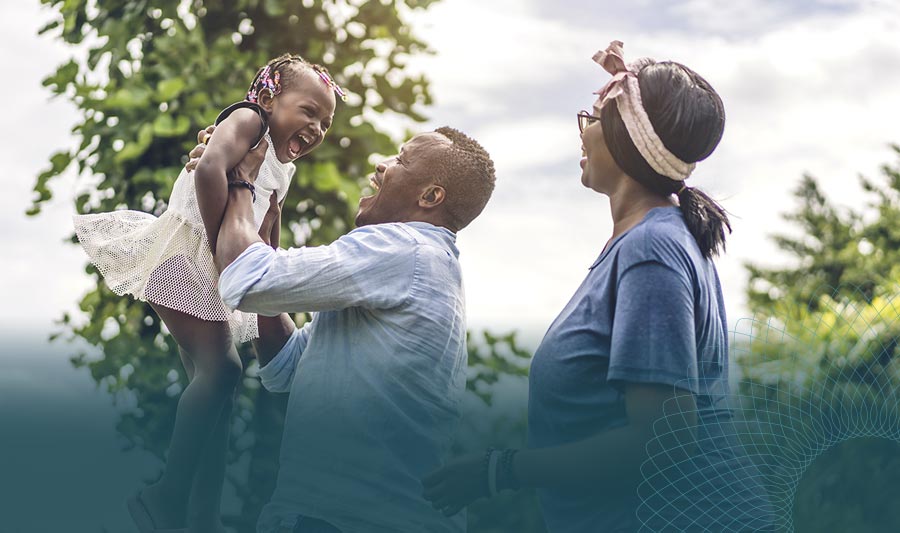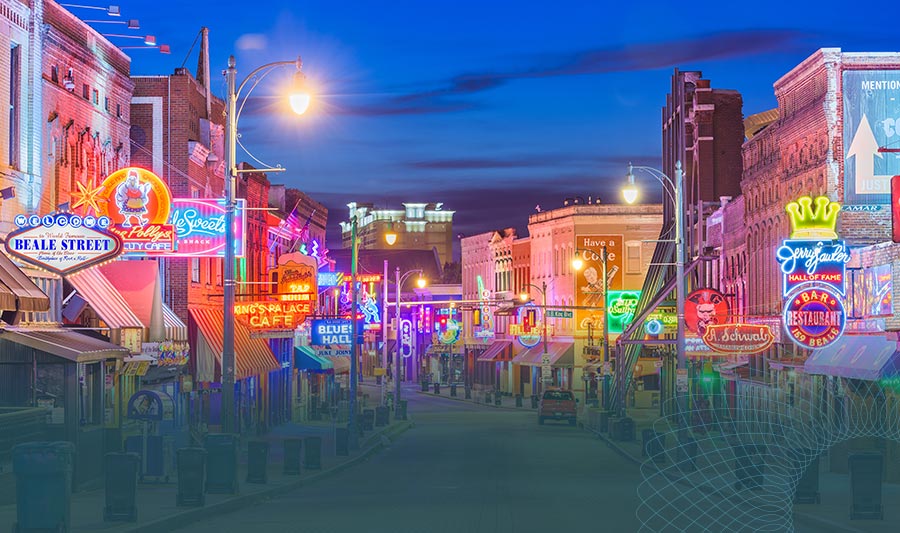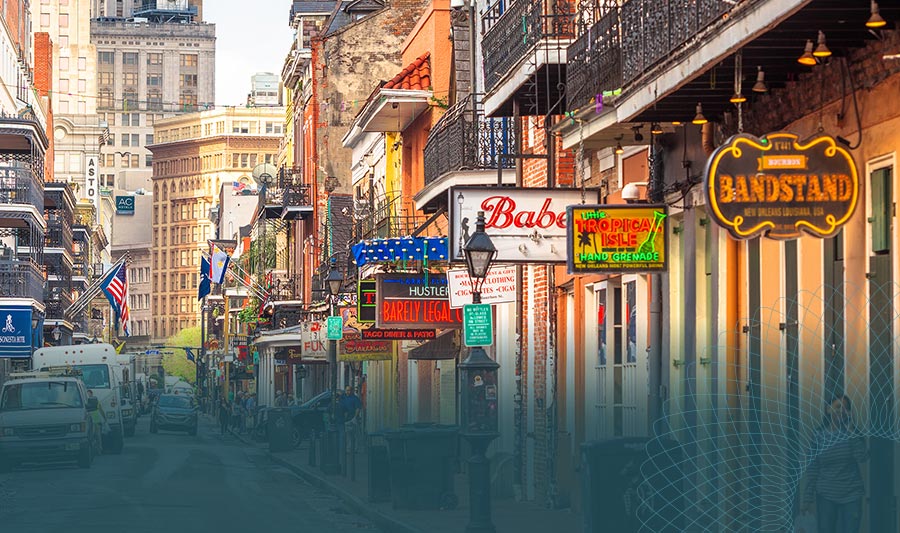Key Takeaways:
- The digital divide is the difference between those who have access to technology, an internet connection and opportunities to learn digital skills and those who do not.
- There are several examples of the digital divide within our society, including, the access divide and use divide.
- As technology has become increasingly important, the digital divide has amplified and continues to amplify other existing divides, including education and healthcare.
Technological advancements in recent decades have reshaped the fabric of our daily lives, changing the way we connect, learn, heal and transact. It has become so ingrained that we have come to expect technology and internet access to be readily available to us, no matter where we are. However, while many of us are fortunate enough to have seamless internet connections and technological resources, others have been, and continue to be, excluded. This exclusion is known as the digital divide.
Over the years, the digital divide has become a serious problem within our society. Ahead, we discuss what the digital divide is and how it impacts other divides. Additionally, we highlight examples of the digital divide and ways we can bridge it.
What Is the Digital Divide?
The digital divide is the difference between people who have access to technology and broadband (and can gain digital literacy) and those who do not. Several factors cause and perpetuate the divide, including economic disparities, resource gaps and differences in cultural preferences. Arguably, the digital divide reflects barriers stemming from the long-standing structural discrimination that sustains social inequities.
In 2021, the International Telecommunication Union (ITU) revealed that about 37% of the world’s population has never used the internet. To put it into perspective, that is around 2.9 billion people. Contrary to what many people may think, this phenomenon is not contained to developing countries. In fact, 2023 data from the Federal Communications Commission (FCC) shows that more than 8.3 million U.S. homes and businesses do not have access to high-speed broadband internet.
What Are Some Digital Divide Examples?
Several digital divide examples highlight aspects of inequity in access to technology, skills and broadband, including divides in access, use and quality of use.
- Access divide: The access divide refers to inequities in physical access to technology and the internet. Oftentimes, this is due to an infrastructure divide. Technology and broadband infrastructure are commonly expensive, which makes access less attainable for those with a lower socioeconomic status.
- Use divide: The use divide explains the unfair differences in opportunities for people to learn digital literacy and skills. This can hurt their ability to understand and use technology. This could be due to a lack of infrastructure and income.
- Quality of use gap: The quality of use gap denotes disparities in access to a reliable and fast internet connection.
The Digital Divide and the Knowledge Gap Hypothesis
The knowledge gap hypothesis is a concept that highlights gaps in equitable access to information and technology. Consequently, the digital divide exacerbates the inequities predicted by the knowledge gap hypothesis.
The knowledge gap hypothesis was proposed in 1970 by professors Philip J. Tichenor, George A. Donohue and Clarice N. Olien. The hypothesis suggests that information and knowledge are not evenly distributed throughout society. More specifically, the theory proposes that a person’s socioeconomic status significantly influences their ability to access, comprehend and use information.
As people with higher socioeconomic status continue to gain better access to digital technology, digital skills and broadband, they also gain access to a wealth of information, educational resources and other opportunities. On the other hand, those with a lower socioeconomic status often have limited access to such technologies and skills, which limits their chances of acquiring new knowledge and skills.
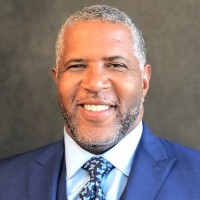


Linkedin Exclusive



Get Industry leading insights from Robert F. Smith directly in your LinkedIn feed.
Get Industry leading insights from Robert F. Smith directly in your LinkedIn feed.
What Is the Impact of the Digital Divide on Other Divides?
As technology has become increasingly important in societies worldwide, the ramifications of the digital divide, and the knowledge gap hypothesis, continue to amplify many other existing divides and inequities. While these consequences have been an issue for several decades, they became inflamed during the uncertain times of 2020 and beyond, as schools and businesses shifted to digital platforms. Here are some of the societal divides the digital divide has impacted:
- Education divide: One of the most significant issues the digital divide has impacted is education by preventing students from accessing critical online resources and remote learning opportunities. This lack of access widens the achievement gap between those with and without digital access. This issue commonly impacts underrepresented communities the most and can severely limit their future career opportunities.
- Employment divide: The digital divide impacts the employment divide since it creates barriers for people lacking digital access to fairly compete for employment opportunities. This includes being able to search for jobs, apply online and participate in remote work opportunities. Additionally, disparities in digital literacy and skills widen the gap in employment prospects because most jobs require proficiency in digital tools.
- Healthcare divide: The digital divide perpetuates the healthcare divide by limiting access to telemedicine services, online health resources and digital health information for people without digital access. Disparities in access to digital healthcare resources can lead to inequitable health outcomes as those without access may struggle to get timely medical advice and attention.
- Geographical divide: The digital divide intensifies the geographical divide in developing, rural and remote areas by unfairly limiting access to the internet and digital infrastructure. A lack of digital connectivity widens gaps in opportunities between those who live in areas with and without it. Ultimately, this perpetuates socioeconomic inequities.
- Generational divide: The digital divide also negatively impacts the generational divide by furthering gaps in digital literacy and access to technology between different age groups. Younger generations often have more access to and a better understanding of digital tools than older generations.
Solutions to the Digital Divide
We can bridge the digital divide by taking a multifaceted approach that addresses each dimension of inequity in digital access and usage. We must expand access to digital infrastructure, promote digital literacy and skills development and foster partnerships between government offices, companies and community groups to ensure accountability.
Philanthropist Robert F. Smith, the Founder, Chairman and CEO of Vista Equity Partners (Vista), is particularly passionate about bridging the digital divide. Under his direction as a co-lead of Student Freedom Initiative (SFI), the organization has taken steps to change current disparities.
In 2021, SFI partnered with technology giant Cisco to advance the technology infrastructure and cybersecurity systems at Historically Black Colleges and Universities (HBCUs) and other minority-serving institutions (MSIs). Additionally, SFI helped 19 HBCUs apply for and receive critical broadband grants from the federal government’s Connecting Minority Communities Pilot Program (CMC) in 2023.
To learn more about topics like the digital divide, follow Robert F. Smith on LinkedIn.
